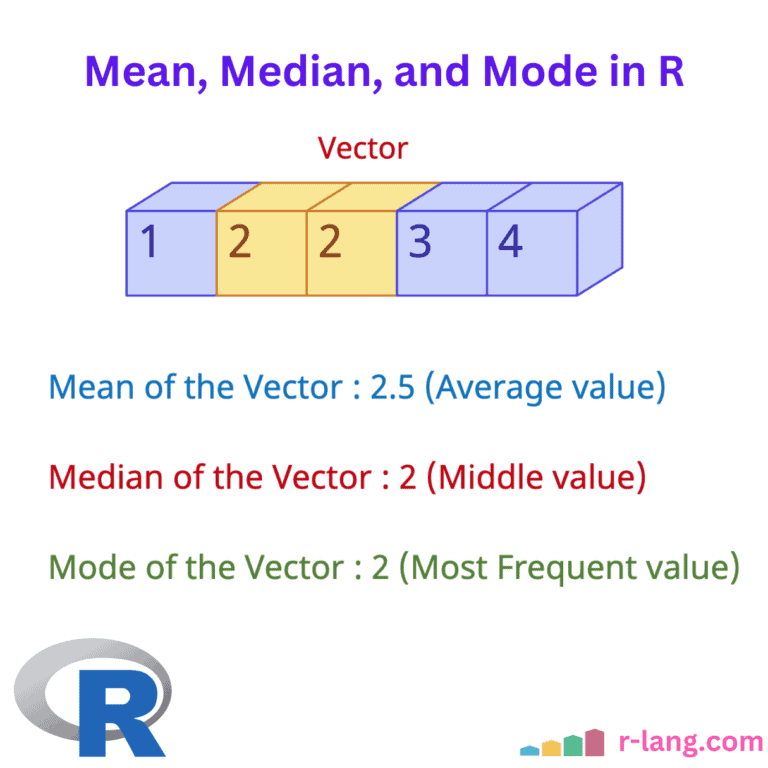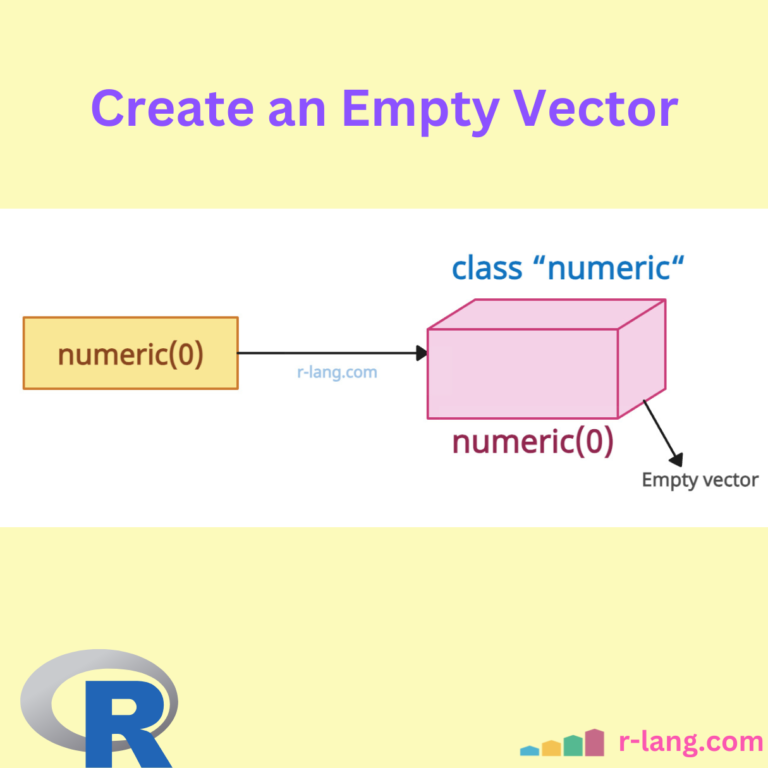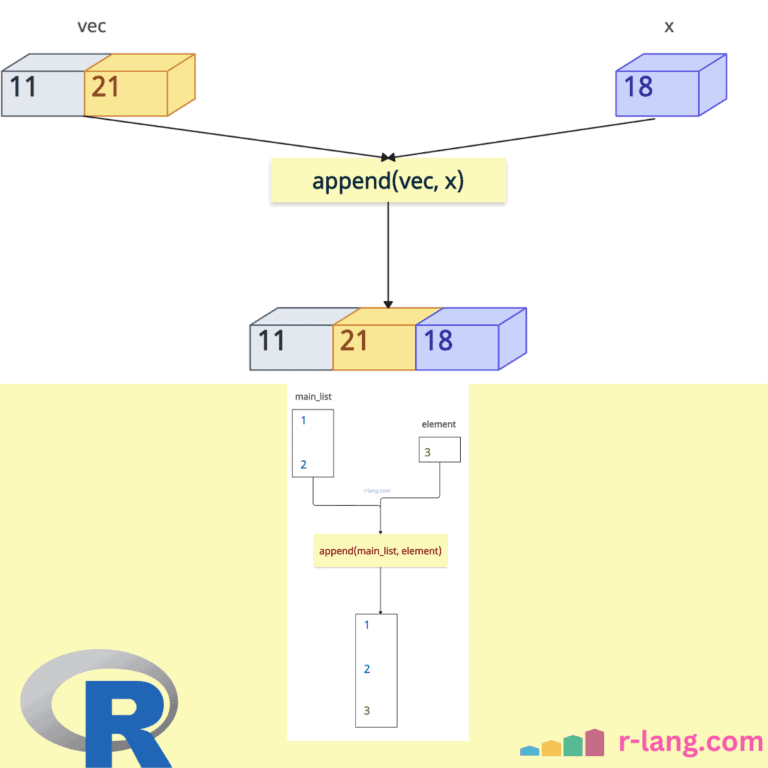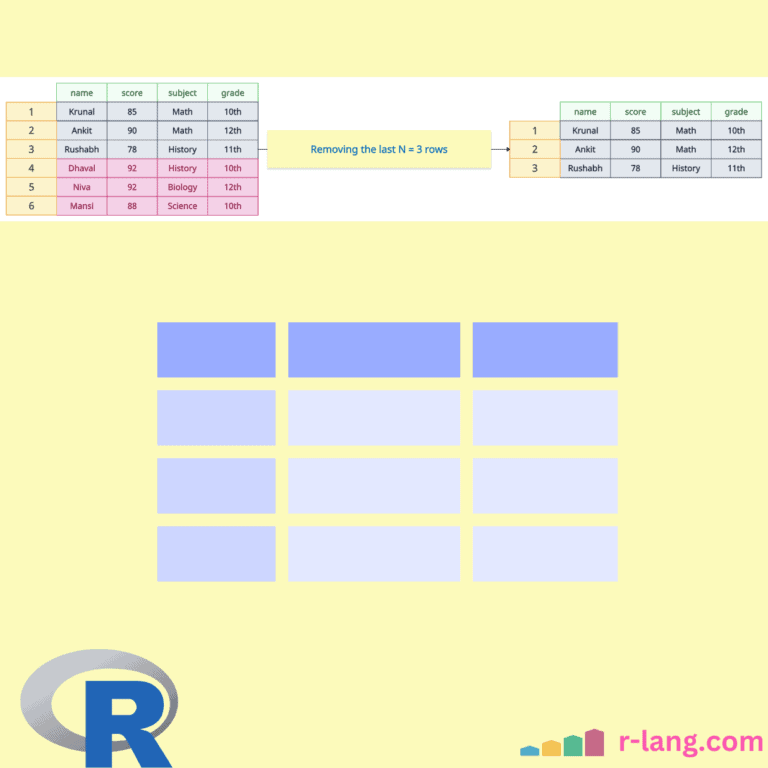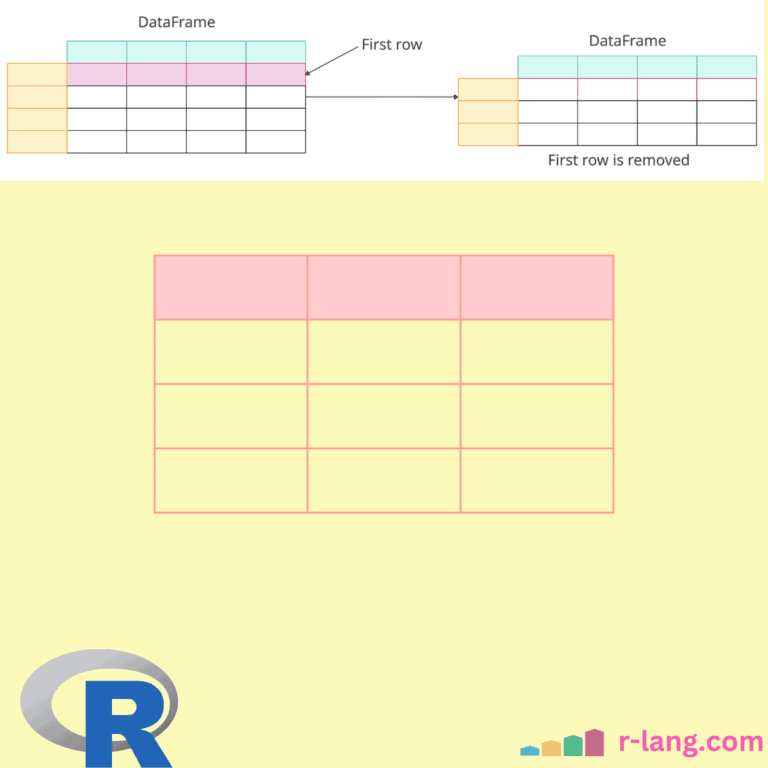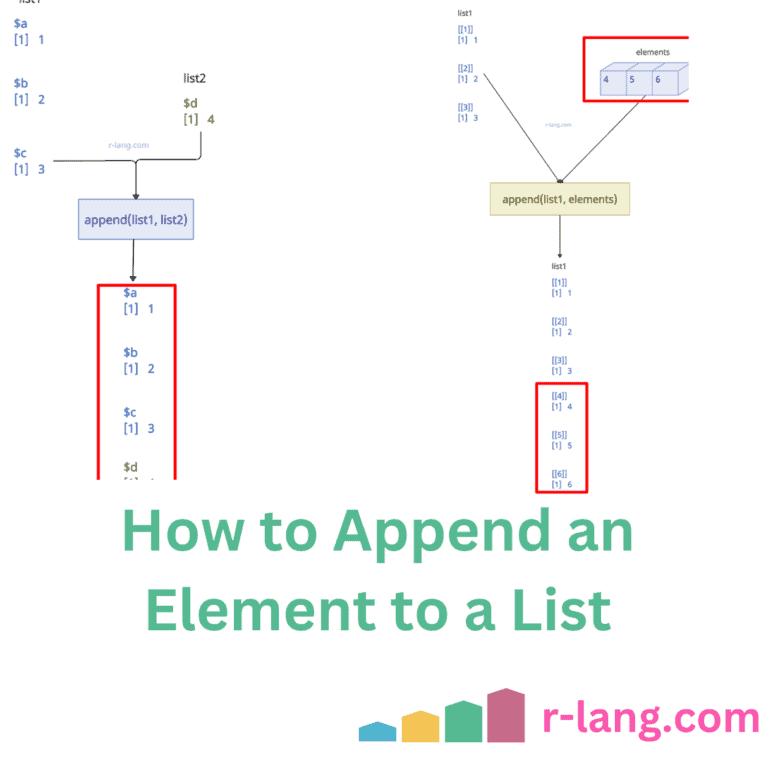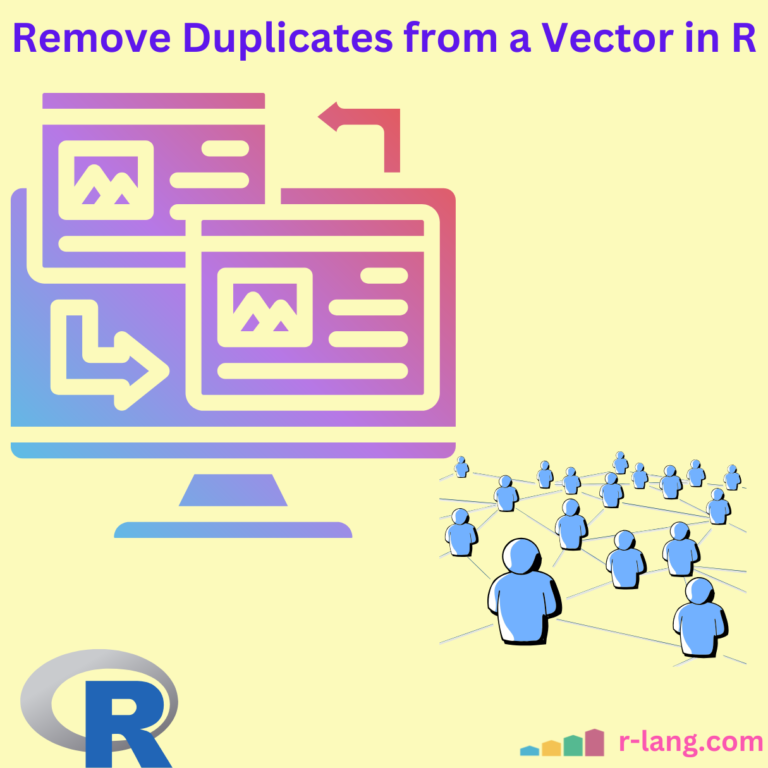Calculating Mean, Median, and Mode in R
For understanding the central tendency of your input dataset, you need to calculate the basic summaries like mean, median, and mode. It gives you the data distribution, which tells you whether it is symmetrical or skewed. Mean Mean means the arithmetic average of a number in mathematics. An average is the sum of the total … Read more

